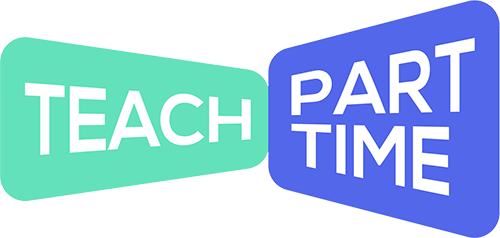So, you’re researching the best companies to teach English online through and you keep coming across this strange acronym, TPR. TPR stands for Total Physical Response, an innovative method that online teaching companies are all about. It’s time to get to know Total Physical Response, since it is an essential component to nailing your interview and the online teaching game in general.
Tell me what it is already!
Total Physical Response is essentially just a method of teaching language or vocabulary concepts using physical movement. The purpose of this method is to create a link between speech and action which will help to boost language development & understanding. This is, essentially, the way that parents and caregivers innately teach infants language, through repetition and exaggerated acting.

How to TPR:
You should go into your mock lesson and every subsequent lesson with TPR in mind and be ready to pull it out of your toolbox often. Follow these steps and you’ll be a pro in no time:
- Like any job interview, you’ll want to prepare in advance. Be sure you are reviewing your teaching slides, so that you can prep any props, pictures, or think of fun movements in advance.
- Once your class has begun, start by saying the new words for your student, clearly and slowly. As you do this, use gestures, facial expressions, props and/or body movements to illustrate meaning.
- Your next step will be to ask your student to mimic the same gestures or facial expressions back to you.
- One thing that teachers often neglect is to write the words or phrases where their students can see them, like on a board clearly visible to the camera. This will help students make the connection between what you are saying and writing.
- This next tip is the most important to your student’s long-term comprehension of anything you are teaching. Throughout the class, and then in subsequent lessons you should continue to teach the word or phrases using the exact same gestures, props etc. You will want to recycle the words on the regular, to really drill them into your students.
Pro tip: TPR works best when you are connecting the vocabulary to an action. For example, George was so happy he jumped up. This is a simple phrase that is easy to mimic via action.
Want to really impress your recruiters?
There are a few TPR friendly games that will make a great first impression during your interview. One of my favorites is a spin on the classic “Simon Says” game.

Simon Says…TPR!
This is an awesome game to play with your students; it helps to lower inhibitions and the overall stress that students may feel when learning a new language. To play, the teacher will begin by giving a command and the student will only act out the command if the teacher says “Simon says” first. For example, Simon says, slice some bread or Simon says, jump up and down. I love playing this with students because it is a great way for everyone to have a bit of fun, while also learning.
In Summary….
Total Physical Response can be used to teach:
- Vocab connected with actions. For example, smile.
- Tenses (past/present/future)
- Classroom language. For example, open your books.
- Simple instructions. For example, stand up.
- Story telling
While TPR is most effective for lower levels, it can be used across the board and applied to all students. The key with TPR is to not over think what you are doing. Decorate your virtual classroom, make use of props (like puppets or colourful signs), and be bubbly and energetic. And, most of all, have fun and make it clear to your students that you enjoy teaching them!

